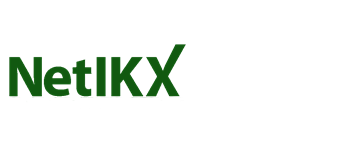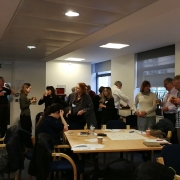January 2018 Seminar: Making true connections in a complex world: new technologies to link facts, concepts and data
Summary
At this meeting new approaches to Linked Data and Graph Technology were presented and discussed. Dion Lindsay introduced the New Graph Technology of Information and David Clarke discussed Building Rich Search and Discovery User Experiences with Linked Open Data.
Speakers
Dion Lindsay
Introducing the New Graph Technology of Information. Graph technology is a rapidly growing method of making complex datasets visually engaging and explorable in new ways, revealing hidden patterns and creating actionable insights. Graph technology is being applied to the vast and unruly sets of unstructured data, with which traditional relational database technology has not been able to come to terms, but which enterprises own and are anxious to exploit.
David Clarke
Building Rich Search and Discovery User Experiences with Linked Open Data This presentation will demonstrate how to leverage Linked Open Data for search and discovery applications. The Linked Open Data cloud is a rapidly growing collection of publicly accessible
resources, which can be adopted and reused to enrich both internal enterprise projects and
public-facing information systems. Linked Open Data resources live in graph databases, formatted as RDF triple stores. Two use-cases will be explored.
Time and Venue
2pm on 25th January 2018, The British Dental Association, 64 Wimpole Street, London W1G 8YS
Pre Event Information
NetIKX offers KM and IM professions a chance to increase our understanding of the new technology approaches that are changing and challenging our work. Our next seminar will give you a chance to confidently discuss and assess the opportunities of new approaches to Linked Data and Graph Technology that can enhance your work and your organisational value.
In everyday language, a ‘graph’ is a visual representation of quantitative data. But in computing and information management, the word can also refer to a data structure in which entities are considered as nodes in a network diagram, with links (relationships) between some of them.
Both the entities and the relationships can also be recorded as having ‘properties’ or ‘attributes’, quantitative and qualitative.
Slides
No slides available for this presentation
Tweets
Blog
Blog link
See our blog report: Making True Connections
Study Suggestions
The Neo4j team produced a book by Ian Robinson, Jim Webber and Emil Eifrem called ‘Graph Databases’, and it is available for free (PDF, Kindle etc) from https://neo4j.com/graph-databases-book/

